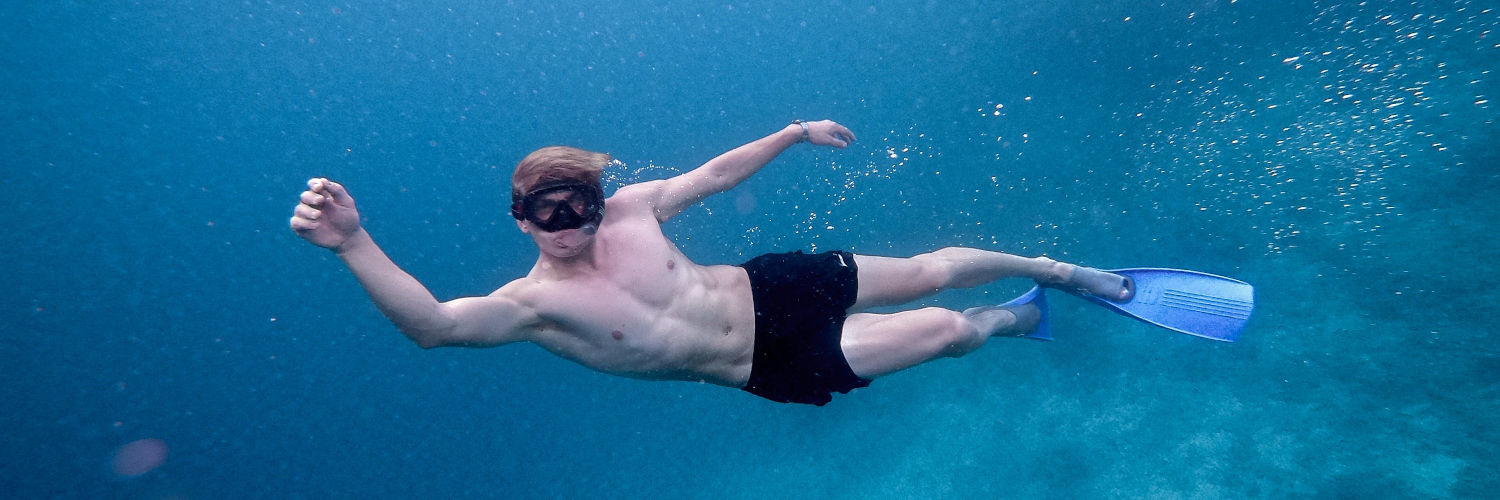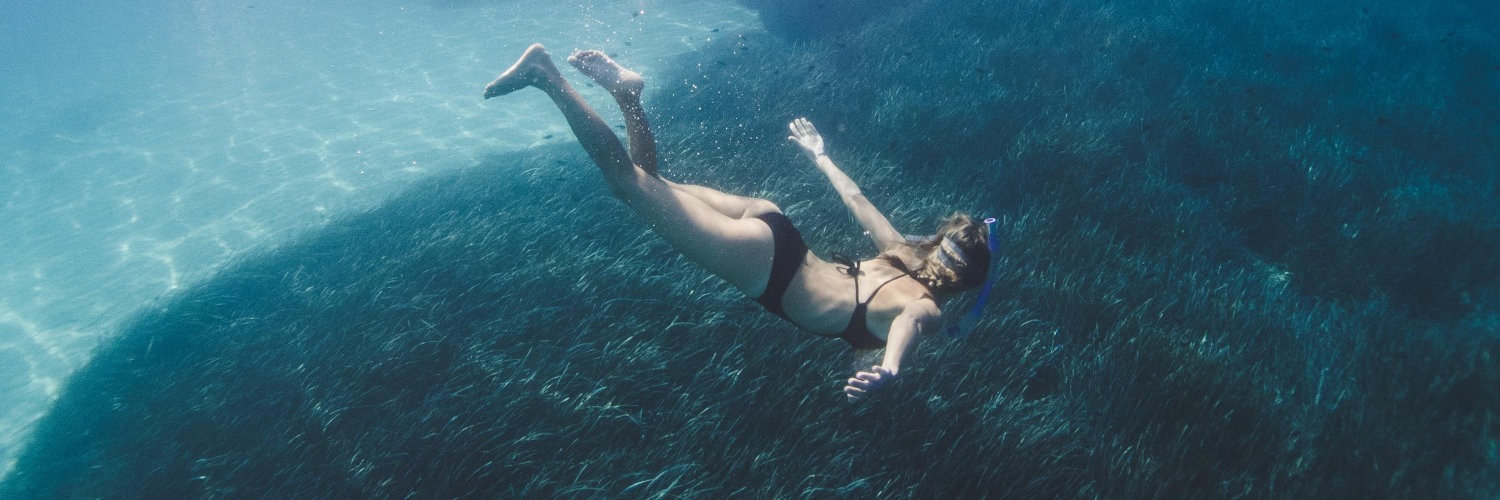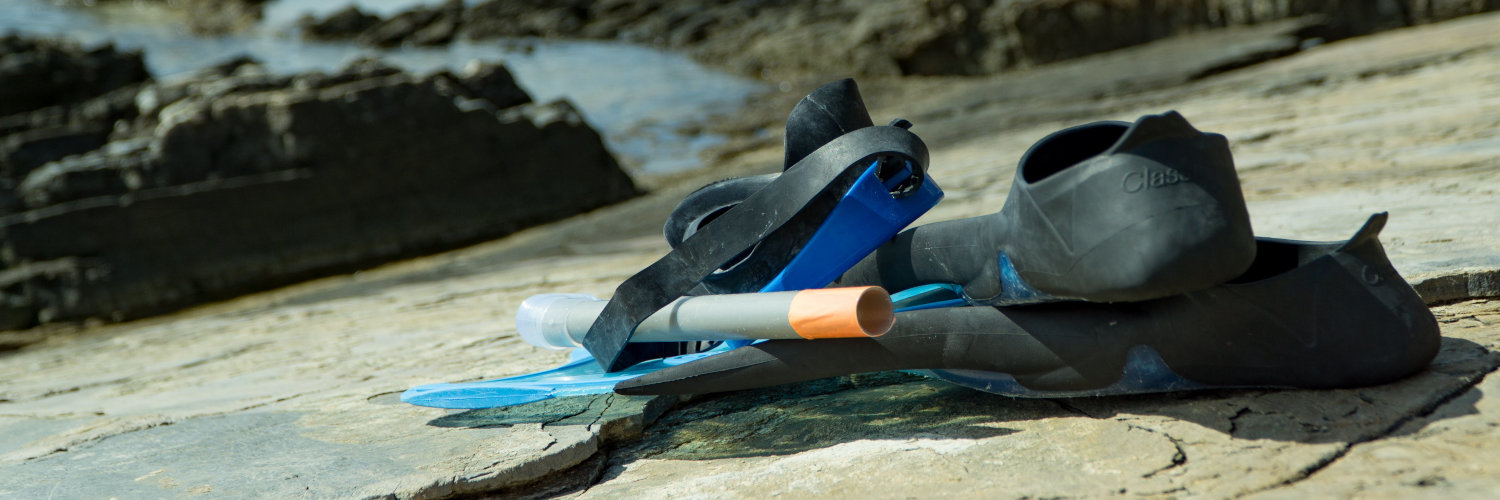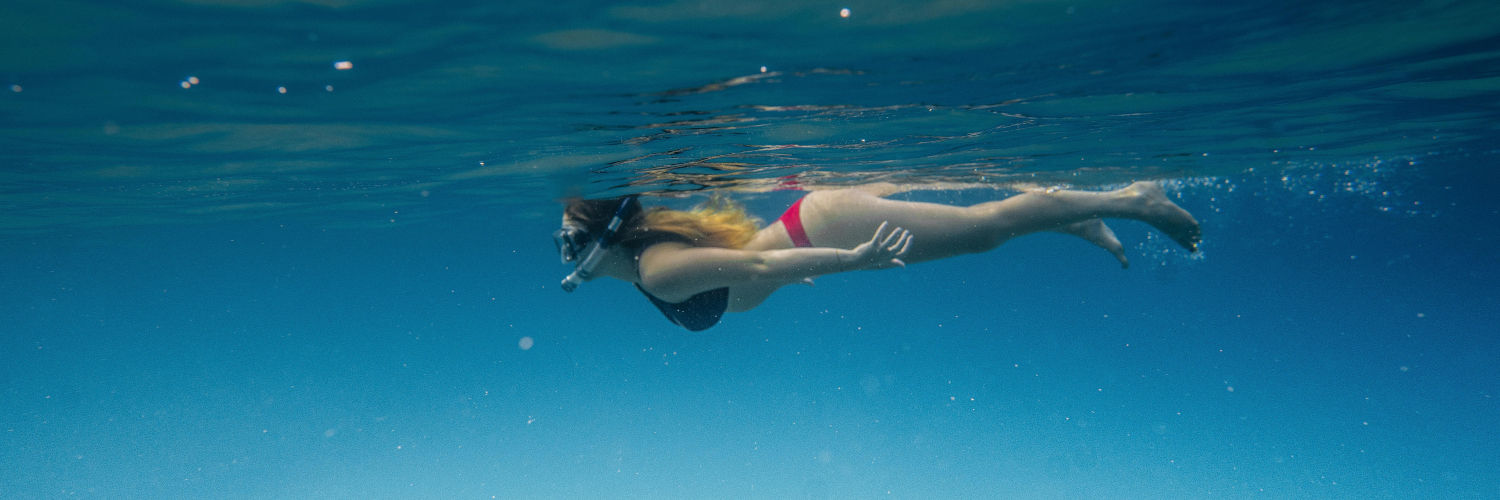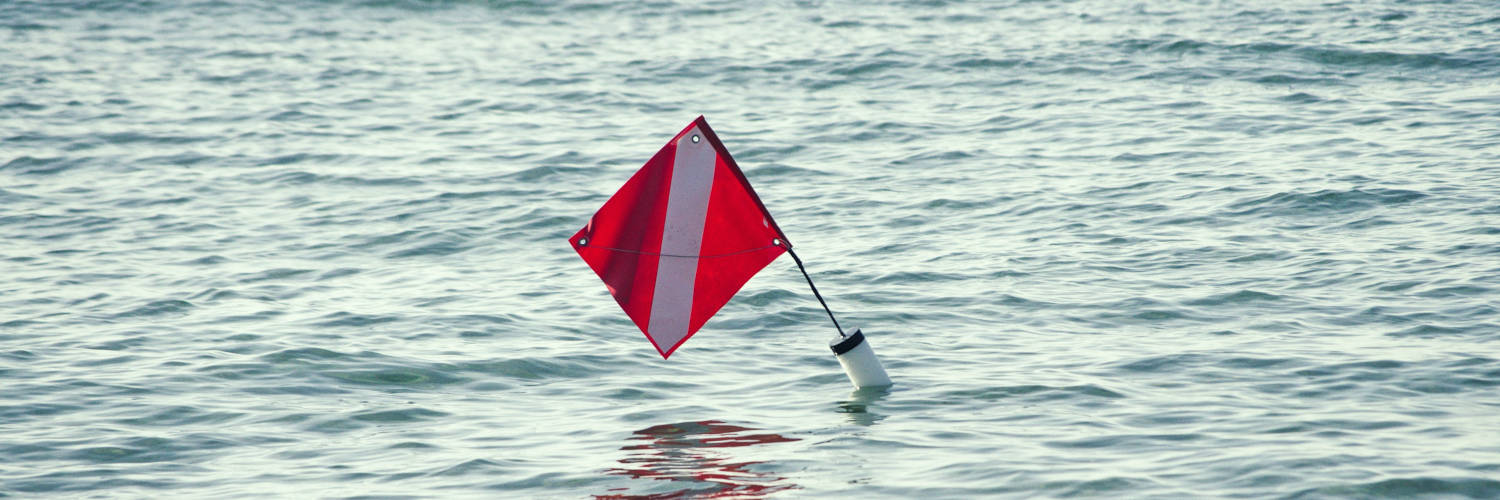Snorkeling Ear Pain: Prevention and Management Tips
Snorkeling offers enthusiasts a window into an enchanting underwater world. However, it is not without its challenges, one of which includes ear pain—a common issue among snorkelers. This discomfort is frequently a result of the pressure changes experienced underwater which can affect the ear. Proper techniques and preventive measures can markedly reduce the risk of ear pain, ensuring a more enjoyable snorkeling experience.
Understanding the anatomy of the ear and its response to water pressure is key to managing and preventing ear pain associated with snorkeling. The middle ear needs to achieve pressure equilibrium with the surrounding water, a process known as equalization. Without equalization, snorkelers may experience discomfort or even pain, commonly referred to as ‘ear squeeze.’ This condition underscores the importance of learning and practicing ear equalization techniques.
Prevention of ear pain in snorkeling is crucial and can be achieved through various methods. Techniques such as tilting the head to the sides and performing gentle equalization maneuvers can help retain normal pressure balance within the ears. Additionally, keeping the ears dry and avoiding diving with a cold or an ear infection can prevent complications such as swimmer’s ear—or otitis externa—which is an infection of the canal that can occur from prolonged exposure to water. With these considerations in mind, snorkelers can protect their ears and focus on the immersive experience of exploring marine life.
Understanding Ear Pain in Snorkeling
Ear pain during snorkeling is often due to changes in water pressure that affect the ear’s internal structures. Effective prevention and management are key to ensuring a comfortable snorkeling experience.
Causes of Snorkeling-Related Ear Pain
The primary cause of ear pain while snorkeling is barotrauma caused by pressure changes. When a snorkeler descends in the water, the external water pressure increases, and the pressure needs to be equalized within the middle ear to avoid discomfort. If the Eustachian tube doesn’t function properly to balance this pressure difference, it can lead to pain.
- Common causes include:
- Failure to equalize pressure
- Infections such as swimmer’s ear
- Blockages due to earwax or foreign objects
Anatomy of the Ear and Snorkeling
Barotrauma related to snorkeling affects the ear canal, eardrum, and middle ear. The Eustachian tube is a critical canal that connects the middle ear to the throat and helps maintain equal air pressure on both sides of the eardrum.
- Key anatomical structures:
- Outer ear: composed of the ear canal and eardrum
- Middle ear: contains air spaces and the Eustachian tube
- Inner ear: not typically affected by snorkeling-related pressure changes, unless barotrauma is severe
Common Symptoms Associated with Ear Pain
When snorkelers experience ear pain, they may report several symptoms indicative of underlying issues:
- Symptoms of ear pressure:
- A sensation of fullness or discomfort in the ears
- Hearing difficulties
- Sharp, stabbing pains or a dull ache
- In severe cases, vertigo or nausea
Proper techniques for equalization to balance ear pressure can prevent these symptoms and ensure a pain-free snorkeling experience.
Preventing Ear Pain While Snorkeling
To enjoy a pain-free snorkeling experience, it is important to adopt preventive measures and master pressure equalization techniques. Doing so can help avoid the discomfort and potential ear issues associated with changes in underwater pressure.
Protective Measures and Gear
Snorkelers have the option of using swimming earplugs designed to prevent water from entering the ear canal, which is crucial in the prevention of ear pain and potential infections. It is important to choose earplugs that fit comfortably and provide a snug seal without causing undue pressure. In addition to earplugs, swimmers can use over-the-ear covers, also known as swim muffs, for added protection.
Using ear drops formulated for swimmers can be part of a pre- and post-snorkeling routine. These drops can help maintain a healthy ear environment and may prevent ear infections by facilitating the removal of trapped water and bacteria.
Techniques for Pressure Equalization
Effective pressure equalization is key in preventing ear pain while snorkeling. One commonly used method is the Valsalva maneuver, which involves gently blowing out while holding the nose closed. This technique should be performed slowly to equalize ear pressure with the surrounding environment.
It’s important to equalize early and often, initiating the process before feeling discomfort. If a snorkeler experiences difficulty with the Valsalva maneuver, they may need to ascend to a shallower depth and try again, as greater depths increase the surrounding pressure and resistance to equalization.
Treating Snorkeling-Induced Ear Pain
Appropriate treatment of ear pain following snorkeling can mitigate discomfort and prevent complications such as infections. Below are strategies for first aid and when to seek professional medical attention.
First Aid and Home Remedies
- Olive Oil: A few warm drops in each ear can help soothe irritation.
- Over-the-Counter Drops: If one suspects a mild ear infection, pharmacy ear drops that often contain pain relievers and anti-inflammatories may provide relief.
Simple Procedures to Relieve Pain:
- Toynbee Maneuver: Pinch the nose and swallow to help equalize ear pressure.
- Valsalva Maneuver: Gently blow as if to blow the nose while holding the nostrils closed.
It is important to use treatments like olive oil cautiously and not insert drops into the ear if an eardrum rupture is suspected.
When to Visit a Physician
- Persistent Pain or Discomfort: If pain continues despite home treatment, a visit to a physician is necessary.
- Signs of Infection: Symptoms such as persistent ears feeling full, hearing loss, or discharge from the ear warrant a medical evaluation.
- Inflammation or Swelling: Visible swelling or redness may indicate an ear infection requiring professional treatment.
Possible Physician Interventions:
- Prescription Antibiotics: If an ear infection is diagnosed, antibiotics may be prescribed.
- Professional Ear Cleaning: Sometimes, a physician must clean the ear canal to remove debris or wax that could be causing discomfort.
Individuals should promptly consult a physician if symptoms are severe or if there is any concern about the integrity of the eardrum.
Complications and Risks of Ignored Ear Pain
When ear pain experienced during or after snorkeling is disregarded, it may lead to complications that can affect one’s auditory health and quality of life. Ignoring symptoms can escalate to severe conditions, from temporary discomfort to permanent damage.
Potential for Long-Term Hearing Loss
Neglecting ear pain can result in long-term hearing loss. Water trapped inside the ear creates an environment conducive to bacterial growth, potentially leading to infections such as swimmer’s ear. If left untreated, these infections can cause chronic ear pain and in extreme cases, may lead to irreversible hearing impairment. Muffled hearing after snorkeling should not be disregarded as it may indicate a blockage or damage that, without proper attention, can affect long-term auditory function.
Signs of Serious Ear Conditions
Persistent symptoms such as ear pain or a sense of fullness should raise concerns for more serious conditions. The following are specific signs indicating medical intervention is necessary:
- Discharge: Oozing from the ear is a red flag for infection or even a rupture in the eardrum.
- Chronic Ear Pain: Continuous discomfort might signal underlying issues, from infections to barotrauma.
- Muffled Hearing: Any noticeable decline in hearing acuity following snorkeling should be evaluated promptly to prevent permanent damage.
Individuals experiencing these signs are advised to seek medical evaluation to mitigate risks and prevent potential long-term effects on their hearing and overall ear health.
Aftercare and Recovery
After engaging in snorkeling, individuals may experience ear discomfort or hearing issues. The key strategies for managing these symptoms involve proper aftercare and vigilant monitoring of recovery and health.
Post-Snorkeling Ear Care
Upon exiting the water, it’s essential to gently clear any trapped fluids from the ears as they can lead to swelling or infection. One should tilt their head to each side and pull the earlobe in different directions to help the water escape. If the ears feel clogged, a few drops of a half alcohol, half vinegar solution can assist in evaporating the fluid and cleaning the ear canal. However, this should be avoided if there is any suspicion of an eardrum injury.
- Symptoms to watch for post-snorkeling:
- Muffled hearing
- Sensation of fluid in the ear
- Ear redness
- Discomfort or pain
If any symptoms persist, seeking medical advice is imperative to prevent complications such as infections that could potentially lead to more severe hearing problems.
Monitoring Recovery and Health
Individuals should monitor their condition for a few days after snorkeling. If symptoms such as persistent hearing problems or signs of infection like redness or swelling occur, this could indicate a need for medical attention. Regular cleaning should be approached with caution to avoid aggravating any sensitive tissues within the ear. Over-the-counter pain relievers can be used to manage discomfort, but if pain continues or worsens, it should be evaluated by a healthcare professional.
- Health monitoring checklist:
- Continuation or worsening of symptoms
- Appearance of new symptoms, such as drainage or severe pain
- Changes in hearing ability
Prompt treatment of any adverse conditions not only ensures a quicker recovery but also prevents long-term damage to the ears, which is essential for a safe return to snorkeling and other aquatic activities.
